This article was medically reviewed by Sarah Gehrke, RN, MS and by wikiHow staff writer, Megaera Lorenz, PhD. Sarah Gehrke is a Registered Nurse and Licensed Massage Therapist in Texas. Sarah has over 10 years of experience teaching and practicing phlebotomy and intravenous (IV) therapy using physical, psychological, and emotional support. She received her Massage Therapist License from the Amarillo Massage Therapy Institute in 2008 and a M.S. in Nursing from the University of Phoenix in 2013.
This article has been viewed 130,584 times.
Mirena is an FDA-approved brand of hormonal intrauterine device (IUD). It is a form of long-term birth control that is effective for up to 5 years if properly cared for.[1] After your healthcare provider places the Mirena device in your uterus, you will need to check it occasionally to make sure it is still in the right position. You can do this by feeling the strings attached to the device, which will emerge from your cervix into your vagina. If you suspect that your Mirena is out of place, visit your healthcare provider to get it checked.
Steps
Checking the Strings Yourself
-
1Check your Mirena strings once a month. Checking your strings regularly can help assure you that the Mirena is still in place. Most healthcare providers recommend checking the strings once a month, between periods.[2] Some may suggest checking as often as every 3 days during the first 3 months after insertion, since this is the period of time when the Mirena is most likely to slip out.[3]
-
2Wash your hands before checking. Wash your hands with warm, soapy water, and rinse thoroughly. Then dry off with a clean towel.[4]Advertisement
-
3Squat or sit down. Squatting or sitting will make it easier for you to reach your cervix. Get into a position that feels comfortable for you.
-
4Insert 1 finger into your vagina until you feel your cervix. Use your middle or index finger. Your cervix should feel firm and slightly rubbery, like the tip of your nose.
- If you have a hard time getting your finger into your vagina, try coating it with a bit of water-based personal lubricant first.
- You may wish to shorten or file your nails first to prevent scratching or irritating your vagina or cervix.
-
5Feel for the strings. Once you have found your cervix, feel around for the IUD strings. The strings should be protruding slightly from your cervix, typically by around 1-2 inches (2.5-5 cm).[5] Do not pull on the strings! If you notice any of the following signs that the Mirena has started to move out of place, check with your healthcare provider:
- The strings feel much longer or shorter than you expect.
- You cannot feel the strings at all.
- You can feel the plastic end of the Mirena device.
Getting Your Mirena Checked by a Healthcare Provider
-
1See your healthcare provider for regularly scheduled checkups. Your healthcare provider will probably schedule a checkup about a month after inserting the Mirena. They will examine you to make sure the Mirena is still in place and not causing any problems. At this appointment, ask any questions you might have about the Mirena and how to check the strings.[6]
-
2Get a checkup if you suspect your Mirena is out of place. Even if you can feel the strings, there may be other signs that the Mirena has shifted or is not sitting right in your uterus. Signs to watch out for include:[7]
- Pain during sex, for you or your partner.
- A sudden change of length in the strings, or feeling the hard tip of the Mirena protruding into your vagina.
- A change in your menstrual periods.
-
3Call your healthcare provider immediately for serious symptoms. Occasionally, Mirena may not work properly, or may cause serious complications. Get medical help right away if you experience any of the following:[8]
- Heavy vaginal bleeding outside of your period, or unusually heavy bleeding during your period.
- Foul-smelling vaginal discharge, or vaginal sores.
- Severe headaches.
- A fever with no obvious cause (e.g., not from a cold or the flu).
- Pain in your abdomen or pain during sex.
- Yellowing of your skin and eyes (jaundice).
- Symptoms of pregnancy.
- Exposure to a sexually transmitted infection.
Warnings
- Never attempt to remove your Mirena by yourself. The Mirena device should always be removed by a healthcare professional.⧼thumbs_response⧽
- Contact your healthcare provider immediately if you have a difficult time finding the string or if you can feel the device. Use a non-hormonal form of birth control, like condoms, in the meantime.⧼thumbs_response⧽
References
- ↑ https://www.mayoclinic.org/tests-procedures/mirena/basics/definition/prc-20012867
- ↑ https://www.mayoclinic.org/tests-procedures/mirena/basics/what-you-can-expect/prc-20012867
- ↑ https://www.drugs.com/cg/intrauterine-device.html
- ↑ https://www.drugs.com/cg/intrauterine-device.html
- ↑ https://www.plannedparenthood.org/learn/birth-control/iud/whats-an-iud-insertion-like
- ↑ https://www.mayoclinic.org/tests-procedures/mirena/basics/what-you-can-expect/prc-20012867
- ↑ https://www.mayoclinic.org/tests-procedures/mirena/basics/what-you-can-expect/prc-20012867
- ↑ https://www.mayoclinic.org/tests-procedures/mirena/basics/what-you-can-expect/prc-20012867
About This Article
If you want to check your Mirena string by yourself, make sure to wash your hands with warm, soapy water before touching your vagina. Once you’re clean, squat or sit down in a position that feels comfortable and will give you an angle that makes it easy to reach your cervix. Then, insert your middle or index finger into your vagina until you reach your cervix, which should feel firm and slightly rubbery. If you’re having trouble getting your finger into your vagina, try using a bit of water-based lubricant. With your finger in place, feel around for your IUD string. If the string feels longer or shorter than you expected, or you can feel the plastic end of the Mirena device, talk to your healthcare provider. For more help from our Medical co-author, like how to recognize signs that your Mirena is not working properly, scroll down.
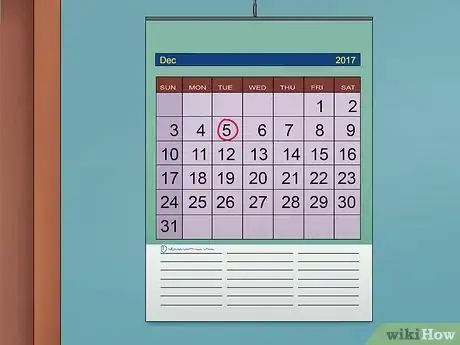
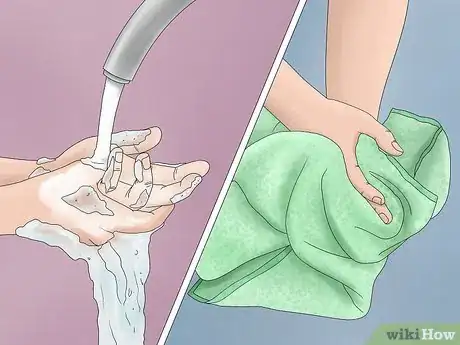
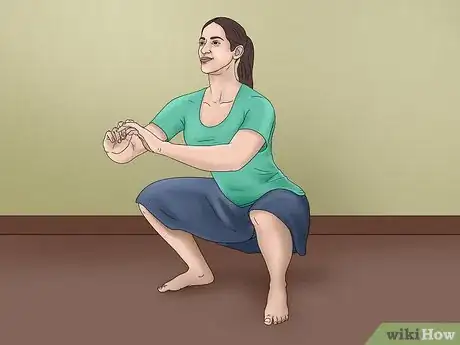
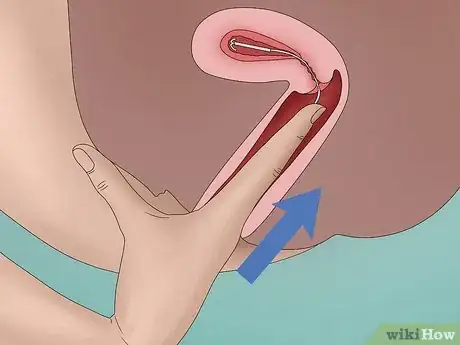
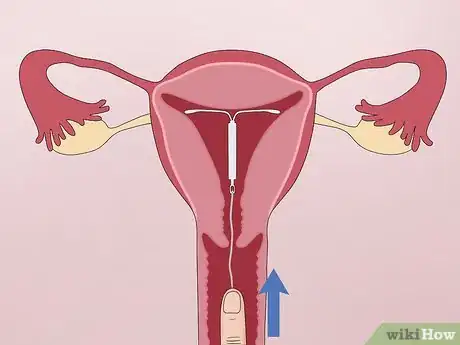

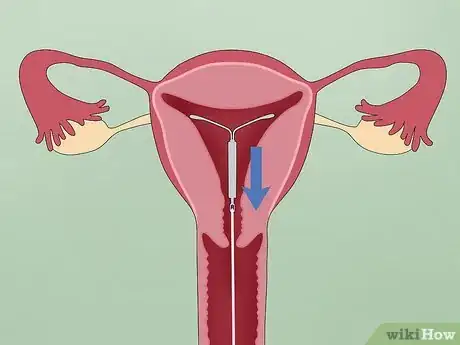
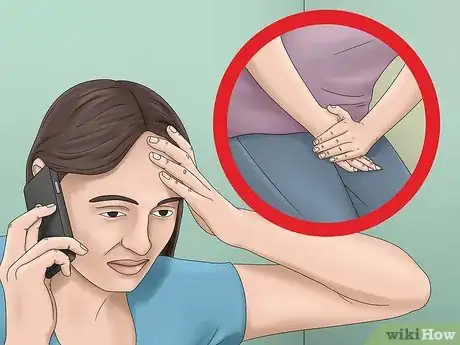
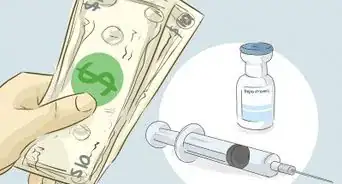
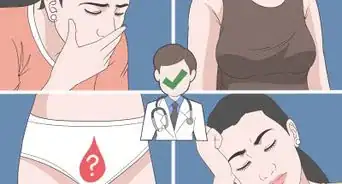


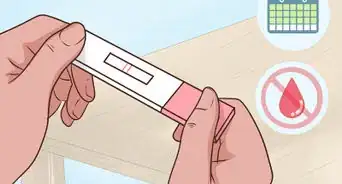
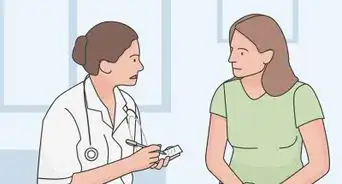
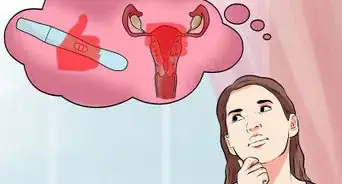
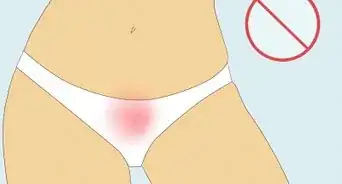
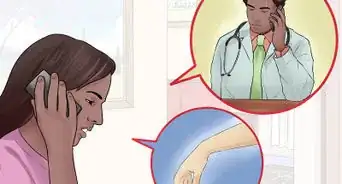
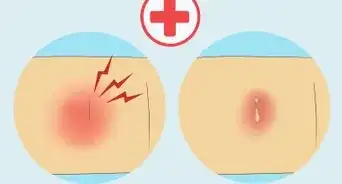
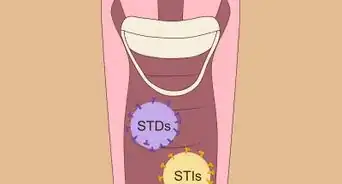
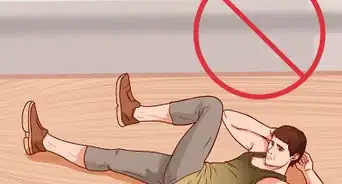
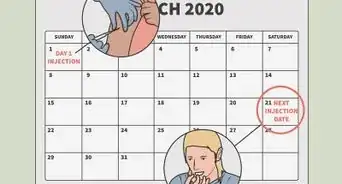
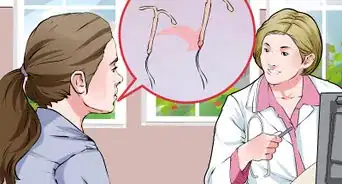







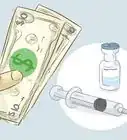






































Medical Disclaimer
The content of this article is not intended to be a substitute for professional medical advice, examination, diagnosis, or treatment. You should always contact your doctor or other qualified healthcare professional before starting, changing, or stopping any kind of health treatment.
Read More...